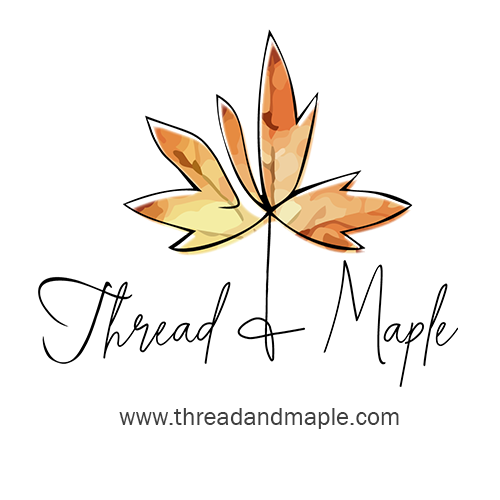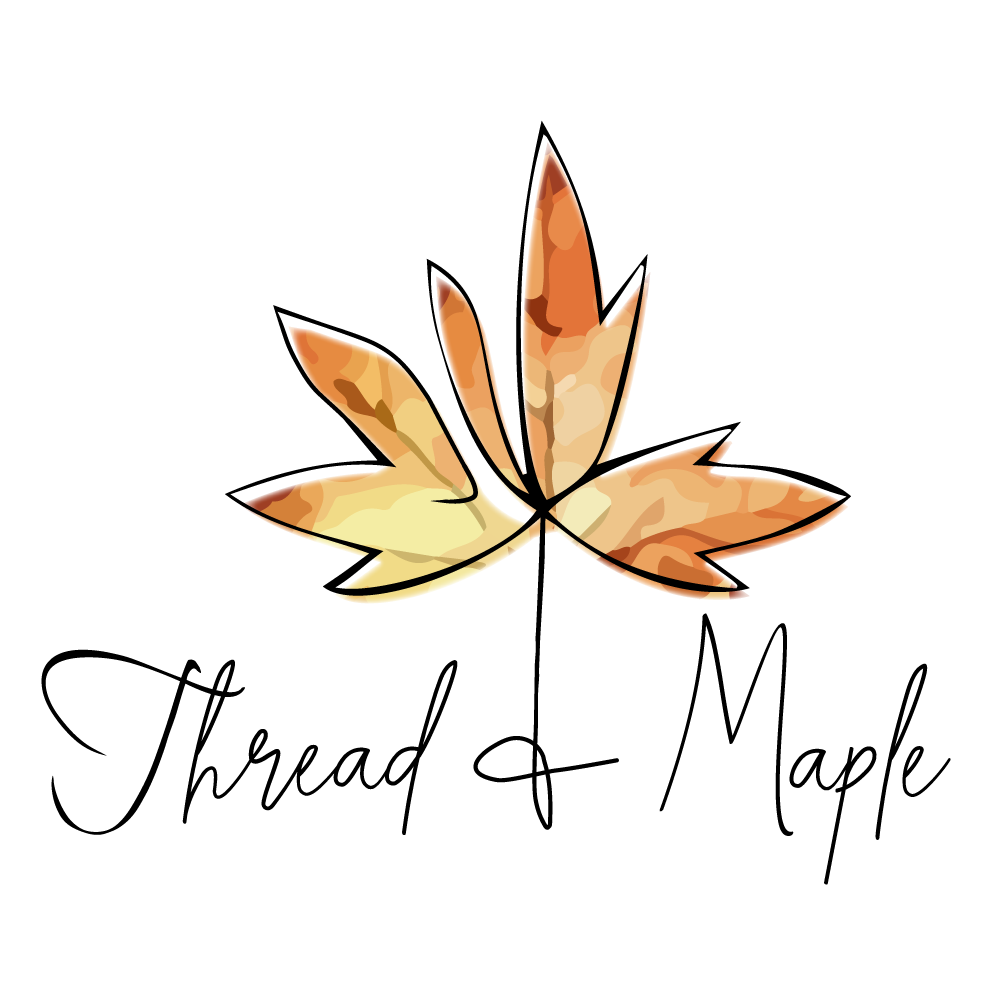Stranded knitting, often referred to as Fair Isle knitting, is a traditional knitting technique that has captivated knitters for centuries. Renowned for its intricate patterns and vibrant colorwork, this method originates from the Fair Isle, one of the Shetland Islands in Scotland, and has grown into a worldwide phenomenon.
Whether you're a seasoned knitter or a beginner eager to expand your skills, understanding the nuances of stranded knitting can open up a world of creative possibilities.
In this comprehensive guide, we'll explore what stranded knitting is, the essential techniques and tools you'll need, and tips on managing floats to achieve flawless results.

What is Stranded Knitting?
Stranded knitting is a method of creating multicolored patterns by carrying two or more strands of yarn across the row as you knit. Unlike intarsia, which involves working with separate blocks of color, stranded knitting maintains a continuous flow of yarn, resulting in a dense, warm fabric. The hallmark of Fair Isle knitting is its use of multiple colors within a single row, often creating intricate, repeating geometric patterns.
Key Characteristics:
- Colorwork: Typically uses two colors per row, although more can be used.
- Floats: Strands of yarn that are carried along the back of the work, which need to be managed carefully to maintain an even tension.
- Patterns: Often feature motifs like stars, flowers, and crosses, arranged in bands or repeating sequences.
The Difference Between Stranded & Fair Isle Knitting
Stranded knitting and Fair Isle knitting are terms often used interchangeably, but they have distinct differences.
Stranded knitting is a broader technique encompassing any colorwork method where two or more yarns are carried along a row to create patterns. This technique can include various styles and origins, not limited to a specific region or set of motifs.
On the other hand, Fair Isle knitting is a specific type of stranded knitting that originates from the Fair Isle, one of the Shetland Islands in Scotland. It is characterized by its traditional, often geometric patterns, and typically uses a limited palette of two colors per row.
While all Fair Isle knitting is stranded knitting, not all stranded knitting is Fair Isle.

Yarn Choice: Understanding Color Dominance and Color Value in Stranded Knitting
Before you can cast on your first stitch, you'll need to choose your yarn.
Traditional Fair Isle knitting uses Shetland wool, known for its slight fuzziness, which helps the strands stick together and fill in gaps.
Today, stranded colorwork is knit with all kind of yarn from smooth merino to brushed Suri. But something in between will have the greatest effect. A yarn with a slight halo or bloom will fill in the gaps like a Shetland, while still create a crisp and clear image.
When it comes to color choice, things get a lot more interesting...
Color Dominance in Stranded Knitting
Color dominance affects how the colors in your design will appear and refers to the way the two colors interact within your knitting, specifically which color stands out more in the pattern.
The dominant color is the one that appears more prominently in the knitting, creating a sharper and more defined contrast against the background.
How It Works:
- Yarn Position: The yarn held in the left hand (if you knit continental) or the yarn that travels below the other (if you knit with both yarns in the right hand) is usually the dominant color. This is because it has to travel a slightly longer path to form the stitch, causing it to pop out more in the fabric.
- Visual Impact: If you switch the positions of your colors, the pattern can look completely different. The dominant color will create the foreground motifs, while the non-dominant color will recede into the background.
Properly managing color dominance can make a significant difference in the clarity and sharpness of your pattern. Experimenting with swatches can help you decide which yarn should be dominant to achieve the desired visual effect.

Color Value in Stranded Knitting
Color value refers to the lightness or darkness of a color. In stranded knitting, understanding color value is essential for creating visually striking patterns. The contrast in color value between the two yarns you use will determine how well the pattern stands out.
How It Works:
- High Contrast: Colors with high contrast in value (e.g., a light pastel and a dark navy) will create patterns with clear, defined edges, making the design easily visible.
- Low Contrast: Colors with similar values (e.g., two shades of grey that are both medium in tone) will blend together more, potentially making the pattern less distinct. (But nevertheless can be used beautifully for low-contrast colorwork designs.)
Practical Tips:
- Testing Values: An easy way to test the value contrast is to take a black-and-white photo of your yarns. If the colors look distinct in grayscale, they have a high contrast in value and will work well for sharp, clear patterns.
- Balanced Designs: While high contrast can make patterns pop, incorporating a balance of both high and low contrast areas can add depth and interest to your knitting.

Combining Color Dominance and Color Value
When planning your stranded knitting project, consider both color dominance and color value. Choose a dominant color that contrasts well in value with the background color. This combination will ensure that your patterns are not only visually striking but also clear and well-defined.
By mastering these concepts, you can create the exact aesthetic you love for Fair Isle and other stranded knitting projects, constructing beautifully intricate designs that stand out with precision and clarity.
The Tools You Need (or Might Want) for Stranded Knitting
At it's heart all you need is your needles and yarn, but a handful of tools will help you navigate the world of stranded knitting with ease.
- Needles:
- Circular needles are ideal for stranded knitting, especially for larger projects, as they allow you to knit in the round--which is how almost all stranded knitting is created. (See the video for how to knit a colorwork swatch flat.)
- Double-pointed needles (DPNs) can be useful for smaller, circular items like hats and mittens.
- Stitch Markers: These help you keep track of pattern repeats and transitions.
- Charting Tools: Many stranded knitting patterns are charted. A magnetic board, highlighter tape, or a digital app can help you keep track of your place in the chart.
- (Optional) A Norwegian Knitting Thimble (aka a "stranded knitting ring"): The Norwegian Knitting Thimble is designed to help Continental style knitters (left hand tensioners) keep multiple colors tensioned on their left hand. The strands are separated by pulling them through different loops on the ring.

Techniques to Make Your Life Easier When Stranded Knitting
- Two-Handed Knitting: One common method for managing two colors is to hold one yarn in your left hand (continental style) and the other in your right hand (English style). This can help maintain an even tension and speed up the knitting process.
- Tension: Keeping an even tension is crucial in stranded knitting. Practice knitting with both colors to get a feel for the tension needed.
- Reading Charts: Stranded knitting patterns are often presented as charts. Each square represents a stitch, and different symbols or colors represent different yarns. Familiarize yourself with reading charts before starting a complex project.
- Managing Floats: Floats are the strands of yarn that run along the back of your work when you're not using a particular color. Managing these floats is essential to ensure your finished piece is neat and comfortable to wear. In fact, it's so important, we're giving it its own section!
Tips for Managing Floats in Stranded Knitting
- Catch Floats: To catch a float, wrap the working yarn around the float and then knit the next stitch as usual. This traps the float without it being visible from the front.
- Catch Floats Regularly: To avoid long floats that can snag or pull, catch the unused yarn every few stitches. A good rule of thumb is to catch the float if it will span 5 or more stitches.
- Even Tension: Make sure your floats are neither too tight nor too loose. Tight floats can pucker the fabric, while loose floats can cause uneven stitches.
- Practice: Consistent practice is key. Knit swatches to practice catching floats and maintaining even tension before embarking on a larger project.
See It In Action
Want to see how color selection, two-handed stranded knitting, and catching floats, all works in real life? Or maybe you want to learn how to "cheat" and knit your in-the-round gauge swatch, flat? Then check out our full tutorial!
Starting Your First Stranded Knitting Project
For your first project, choose a pattern with a simple, repeating motif. Hats, cowls, and mittens are excellent starter projects. Here's a step-by-step guide to get you started:
- Select Your Pattern: Look for a pattern designed for beginners, with clear instructions and a "simple" chart--meaning it's easy to read, possible to memorize, and doesn't have a lot of places where a single color is used for 5 or more stitches.
- Gather Your Supplies: Choose your yarn and needles based on the pattern's recommendations (keeping in mind the tips above).
- Swatch: Knit a swatch in the round (or in the faux round--see the video tutorial) to check your gauge. This step is crucial to ensure your finished piece will fit correctly.
- Cast On: Follow the pattern to cast on the required number of stitches. Use a stretchy cast-on method, such as the long-tail cast-on, to ensure a flexible edge.
- Follow the Chart: Begin knitting your pattern, following the chart row by row. Keep an eye on your tension and catch floats as needed.
- Finishing: Once your project is complete, weave in any loose ends and block your work to even out the stitches and smooth the fabric.
That's a Wrap, aka BO, on Stranded Knitting
Stranded knitting, or Fair Isle knitting, is a beautiful and rewarding technique that allows you to create intricate and colorful designs. With the right tools, techniques, and a bit of practice, you can master this traditional art form and create stunning pieces that showcase your skills. Happy knitting!
Love,




